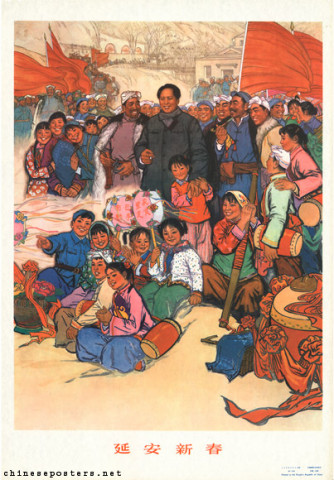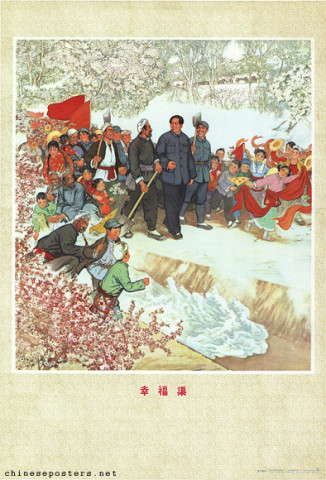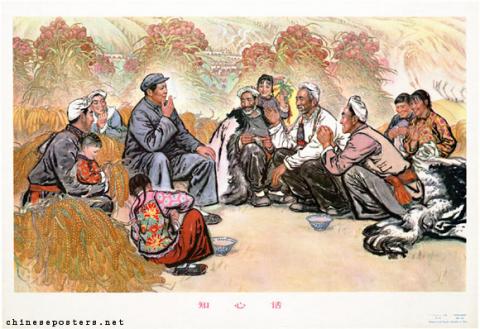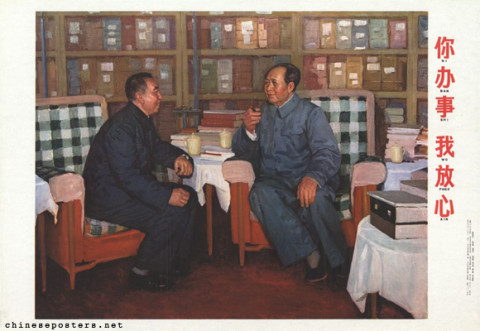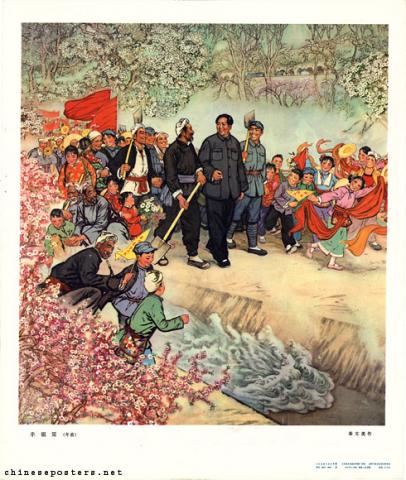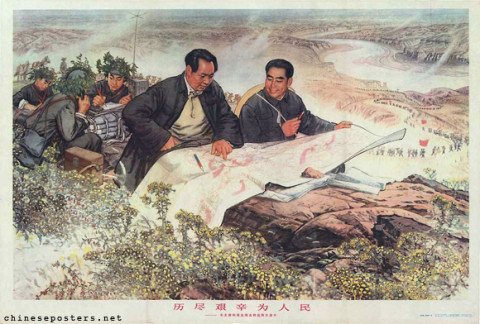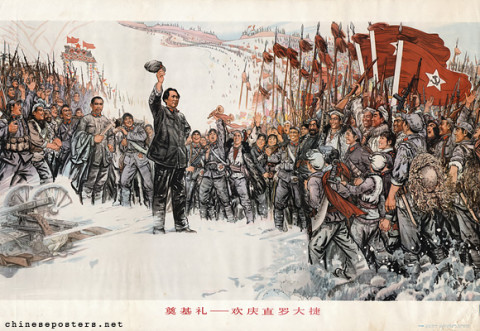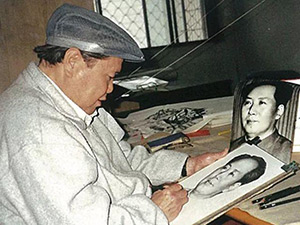 Liu Wenxi (1933-2019) was born in Shengxian, near Shaoxing, in Zhejiang Province. In 1953, he entered the Zhejiang Academy of Fine Arts, from which he graduated in 1958. After graduation, he became a professor in the Xi'an Academy of Fine Arts. During the Cultural Revolution, Liu was a member of Qin Wenmei, the Shaanxi Province Fine Arts Creation Group (陕西省美术创作组, where collaborative works were produced. Liu found his inspiration in the people and the scenery of northern Shaanxi.
Liu Wenxi (1933-2019) was born in Shengxian, near Shaoxing, in Zhejiang Province. In 1953, he entered the Zhejiang Academy of Fine Arts, from which he graduated in 1958. After graduation, he became a professor in the Xi'an Academy of Fine Arts. During the Cultural Revolution, Liu was a member of Qin Wenmei, the Shaanxi Province Fine Arts Creation Group (陕西省美术创作组, where collaborative works were produced. Liu found his inspiration in the people and the scenery of northern Shaanxi.
Liu Wenxi was in the first group of students to learn a new figure painting style using wide lines and ink texture variation introduced in the early 1950s at the East China branch of the National Academy of Art. The style combined the strong outlines of Soviet heroic figure painting with the inflective possibilities of Chinese brush and ink. In the later part of the Cultural Revolution, Liu served on the painting correction group for the 1973 national art exhibition, helping to create new versions of works submitted with correct political content but inferior artistic skill.
Liu held, among other positions, the vice-chairmanship of the Shaanxi chapter of the Chinese Artists Association and he was deputy mayor of Yan'an. He acted as a representative to the National People's Congress.
The so-called "new" New Year print movement of the early 1950s was characterized by the frequent portrayal of leaders, usually showing their close relations with the masses. Liu is considered to be one of the artists who most frequently portrayed leaders; in Liu's case, the two themes recurring most often were either Mao Zedong during the period the Party stayed in Yan'an, and Mao's relations with the masses in the liberated areas.
 Liu, who was married to the artist Chen Guangjian (1936-2024), has exhibited widely both in China and abroad. Many of his works have been included in national collections.
Liu, who was married to the artist Chen Guangjian (1936-2024), has exhibited widely both in China and abroad. Many of his works have been included in national collections.
In the 1990s, the People's Bank of China commissioned Liu to paint Mao Zedong for a new set of currency, which went into circulation on 1999. Mao's head graces the 100-yuan note, the 50, the 20 and the 10 of this fifth set since 1949.
